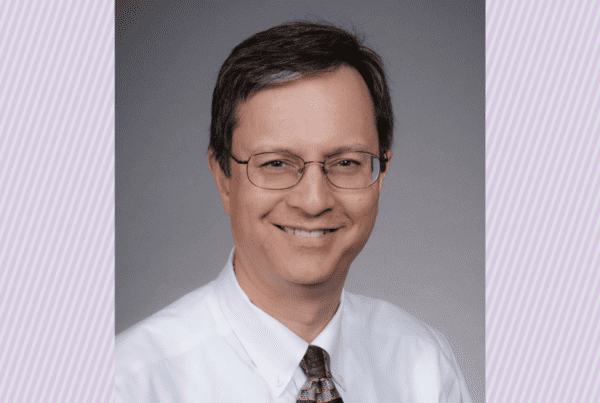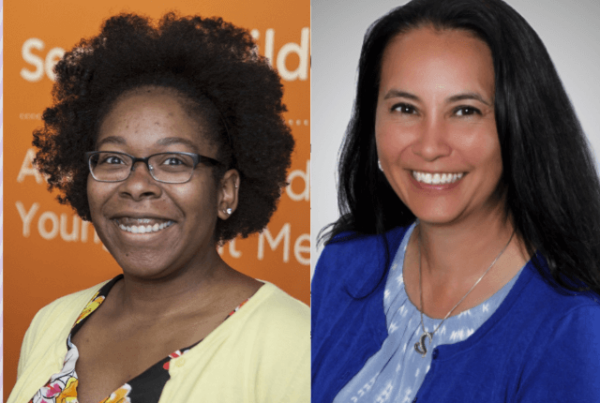Where do art and science intersect? Can one inform the other? Those are things that research scientist Garrett Perchetti thinks about on a regular basis. He works for the UW Medicine Department of Lab Medicine in the Division of Virology, performing genetic sequencing and molecular biology of viruses.
He’s also an artist. A painter, to be specific. We talked with him about his career, his artwork and what inspires him to do both.
Q: What got you into art?
A: My grandparents. When I was young, they bought me an art set that had colored pencils, watercolors and stuff. They bought me an easel. If my family and a few good art teachers didn’t push it, I don’t know if I would’ve continued to do it.
Q: You have two degrees, one in microbiology and one in art history. Why did you choose both?
A: None of it was planned that way, it just happened. I’d originally wanted a science degree, but I couldn’t get into the classes I needed. I was working full time and trying to find classes that would work with my schedule.
By the time I finally got them in, I’d taken all these other art classes and had to choose a major. But then I decided I wanted to go to medical school, so to be able to take the MCAT, I had to finish all my basic science classes.
Q: Why do you want to be a doctor?
A: It started in high school when I read a short story by Gabriel García Márquez called “Un Día De Estos.” It’s about a dentist, a man of the people, who lives in a small town with a corrupt mayor. The mayor gets a toothache. When he gets in the dentist’s chair, the power dynamic switches.
I don’t want to be a dentist, but I thought that was so cool, that the classical positions of power yield at certain points. I thought, where are those points and why? And mostly to me, it was trust: you trust the dentist and the physician, you’ll go under the knife because there’s trust. I thought that would be super rewarding to be needed in that way. Everyone sits in the dentist’s chair at some point.
Q: How does science impact your art and vice versa?
A: For the MCAT, I had to study physics, chemistry and biology. There are rules that dictate what you can and cannot do, and what goes with what. It’s fascinating, like a chess game in your mind with the molecules.
It was helpful for me to draw things out. In earlier art I’d have obvious hexanes, organic chemistry models and stuff in it.
Art has an impact on my work as a scientist, too. Now as I get in an authorship role for studies, I have to build a narrative. For example, how do I convey to people that what’s happening in this bead of water is exciting and worth their tax dollars? Art has helped me build the narrative of science and explain why the work is important.
Q: How are science and art different for you?
A: You get to see your results immediately with art, what’s working and what’s not, but in science you don’t. You have to run experiments and interpret the results and see if it worked or not. So I can work all day on a bead of water and not know until next week if what I was doing was correct. That’s where art was an immediate outlet. It’s a nice contrast.
Q: Do you think art and science should be separated so much?
A: I’m an advocate for there being more crosstalk. I’m also an advocate for their separation and understanding why that is. A lot of art is conjecture: What do you think this means? How do you feel about this? Your perspective is valued; it’s subjective.
In contrast to that, science is incredibly objective. The subjectivity, I would argue, needs to remain in arts, and the objectivity needs to remain with science. To me, that’s the separation. Almost everything else I think is interchangeable. I think humanities and science have a lot to learn from each other.


